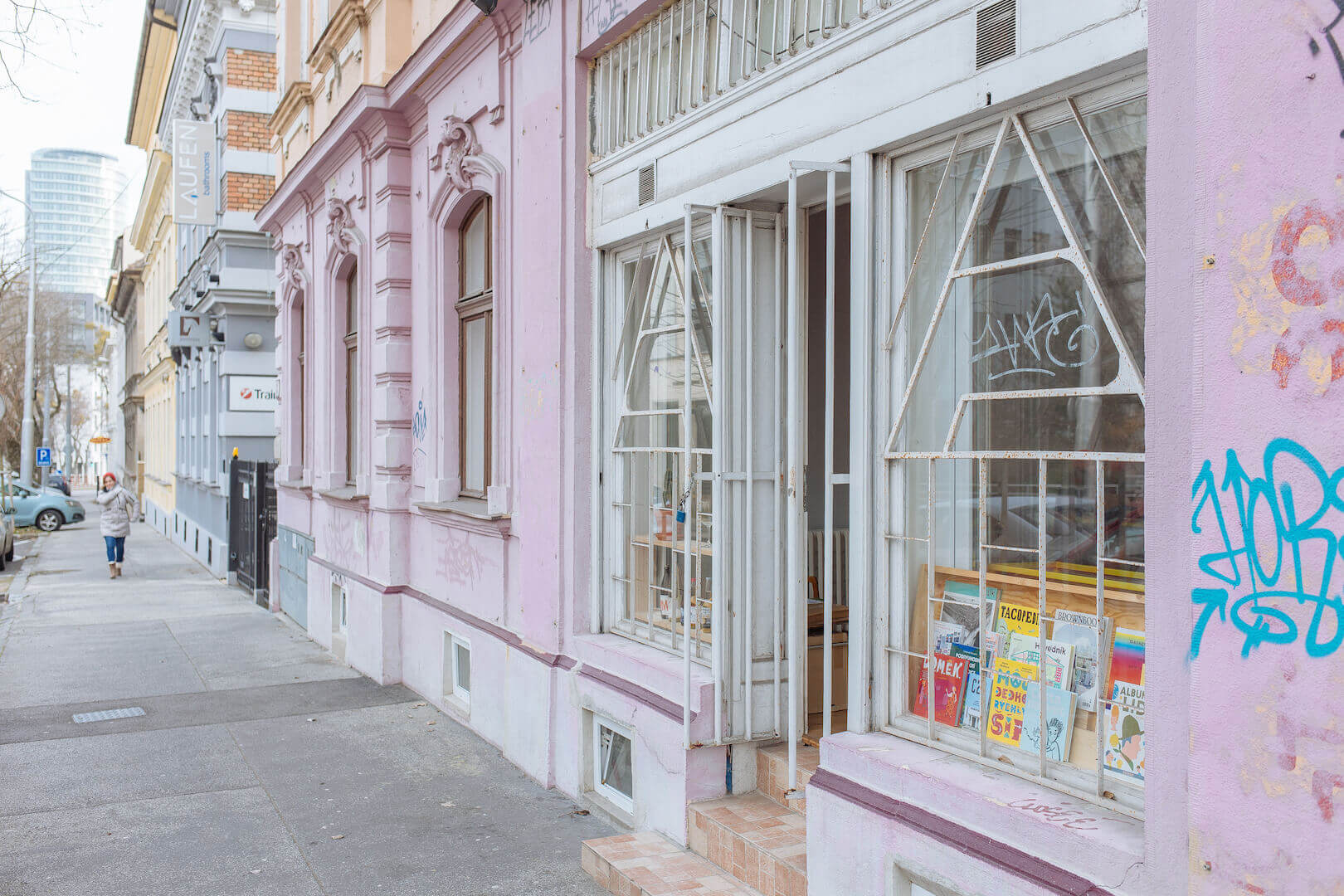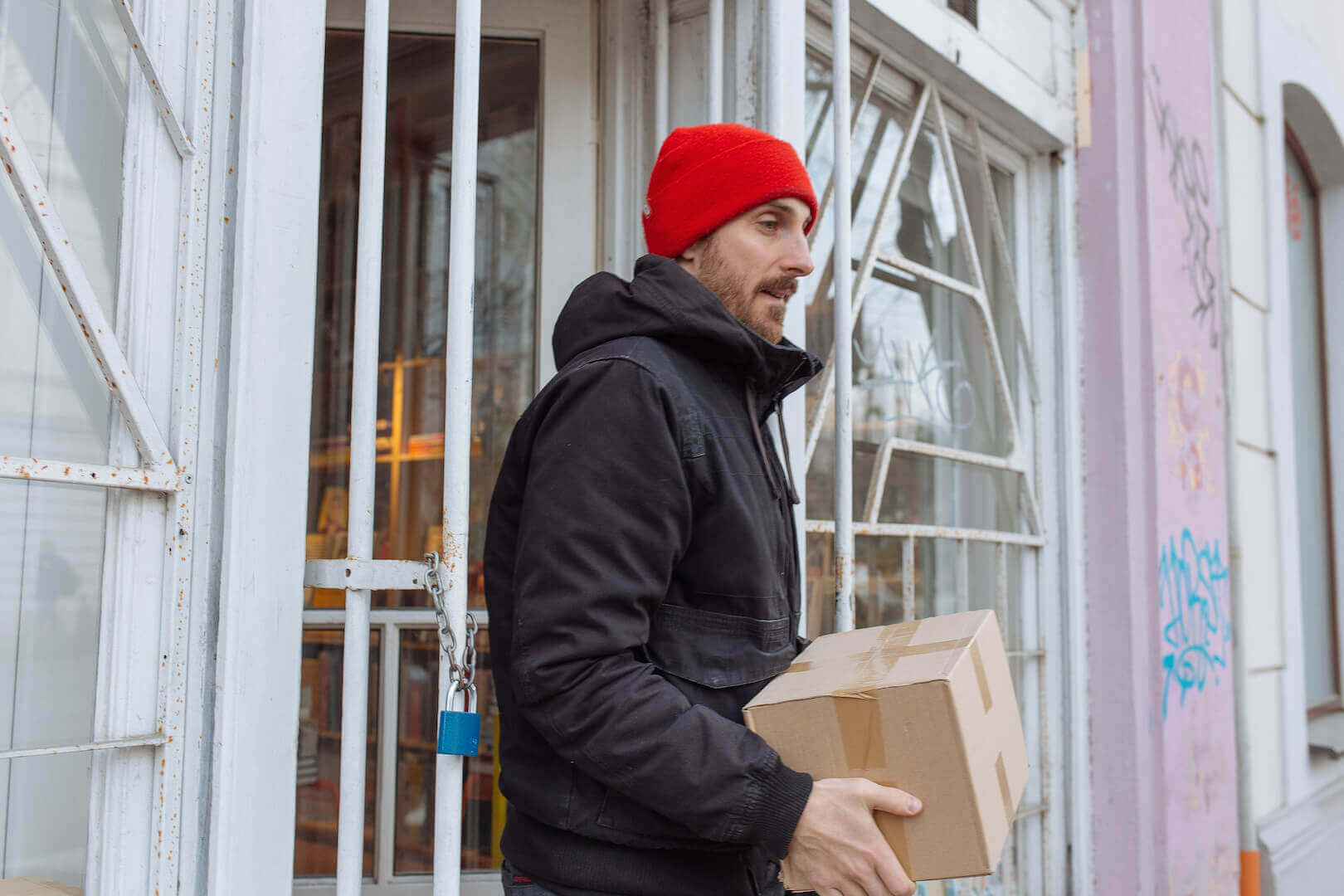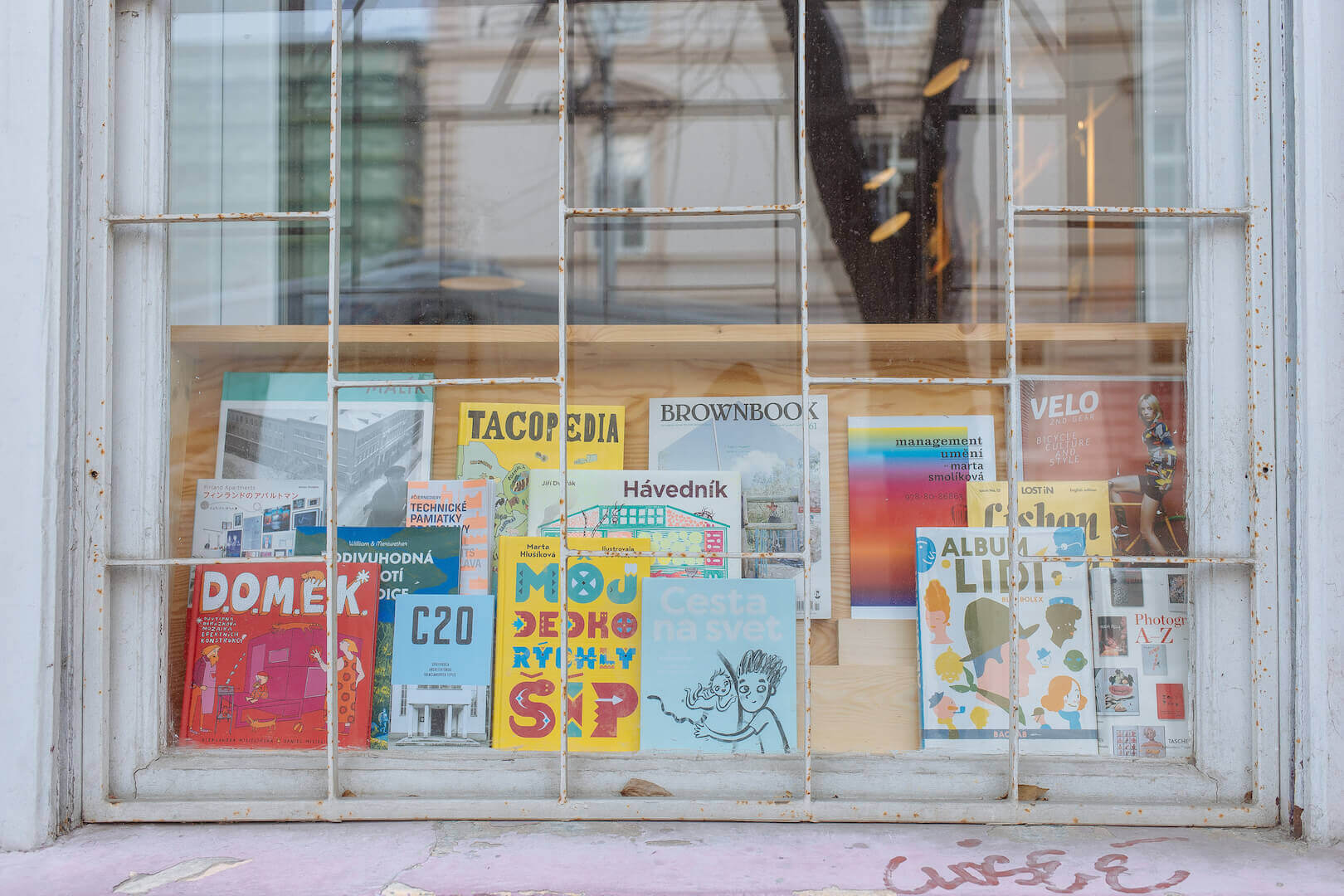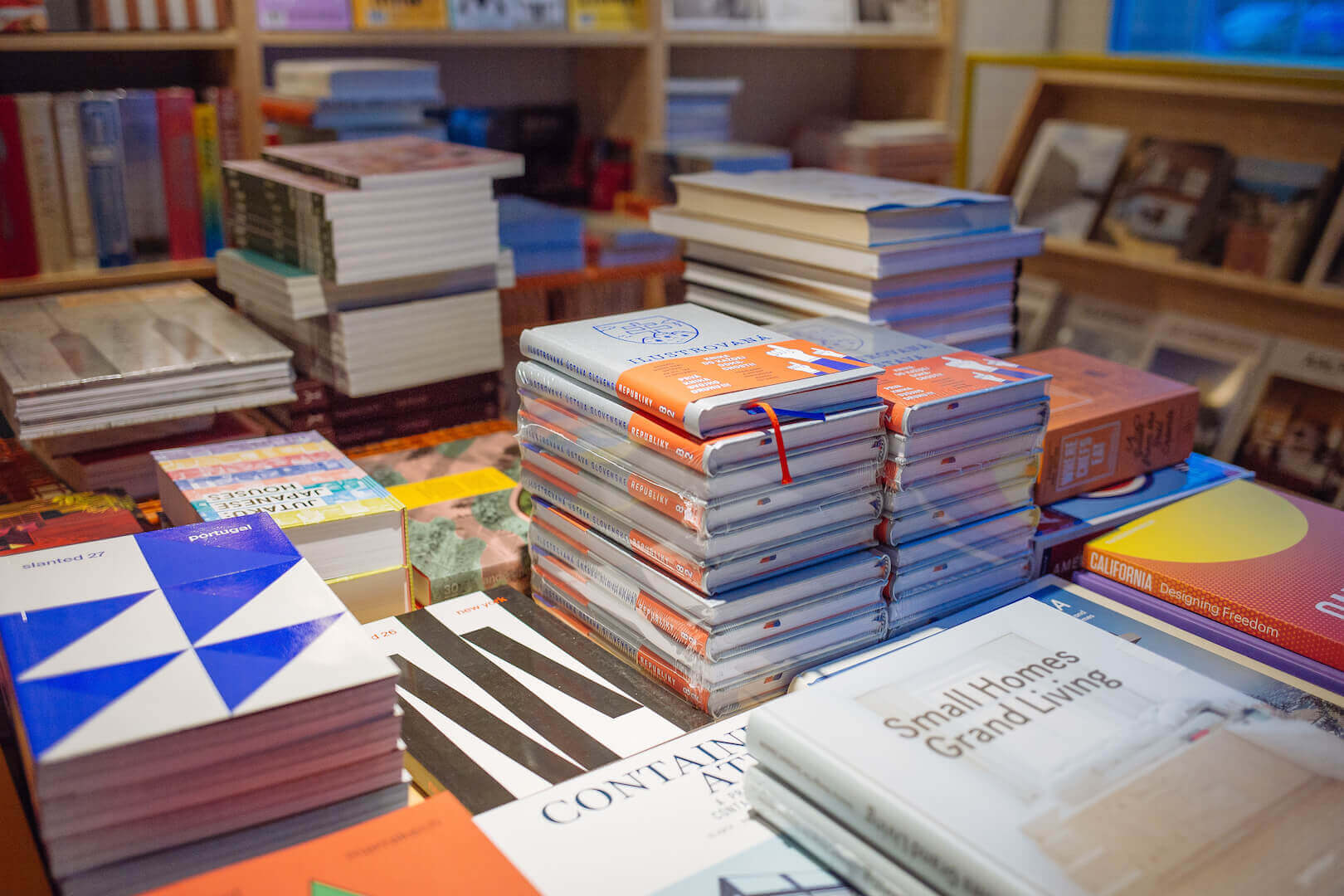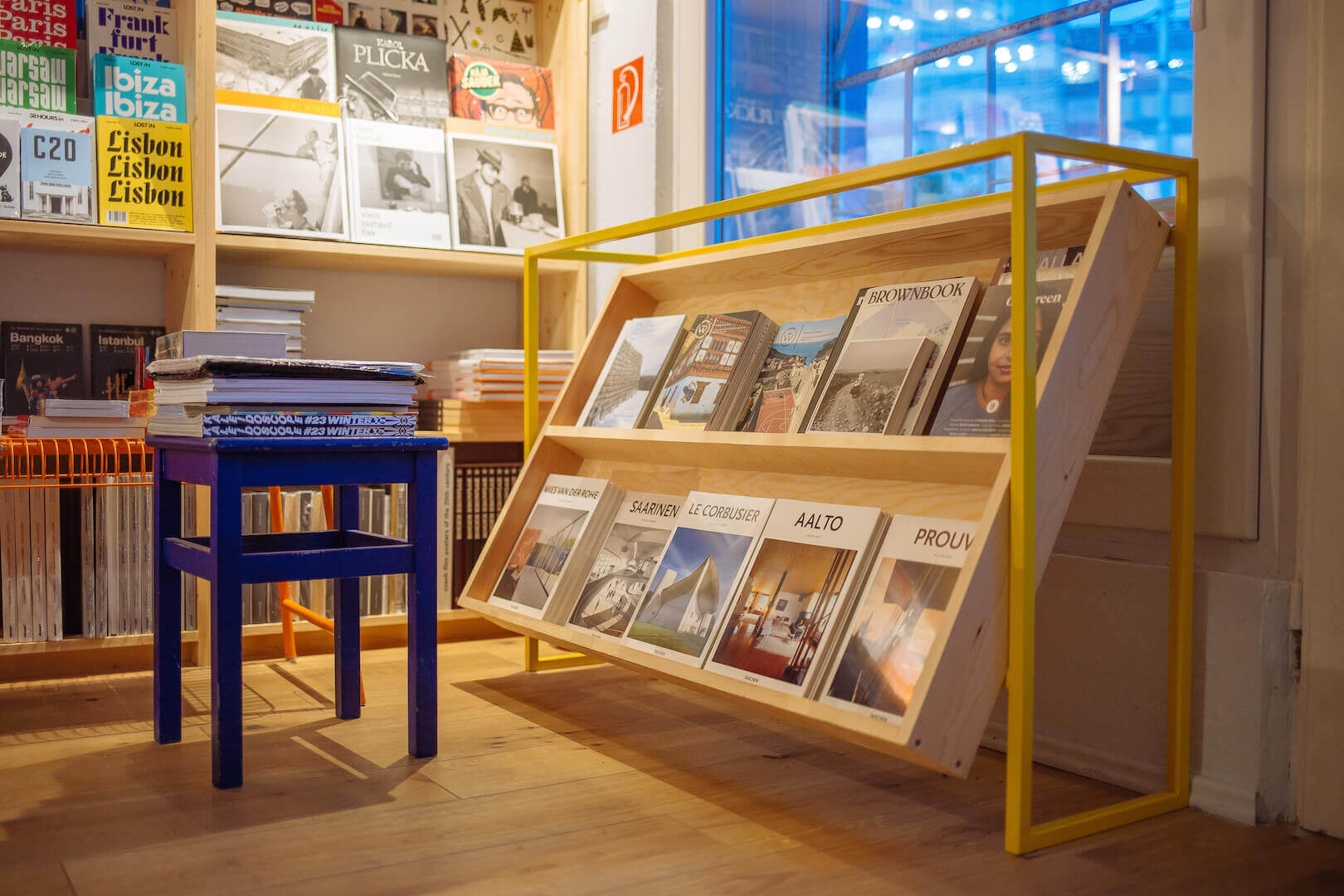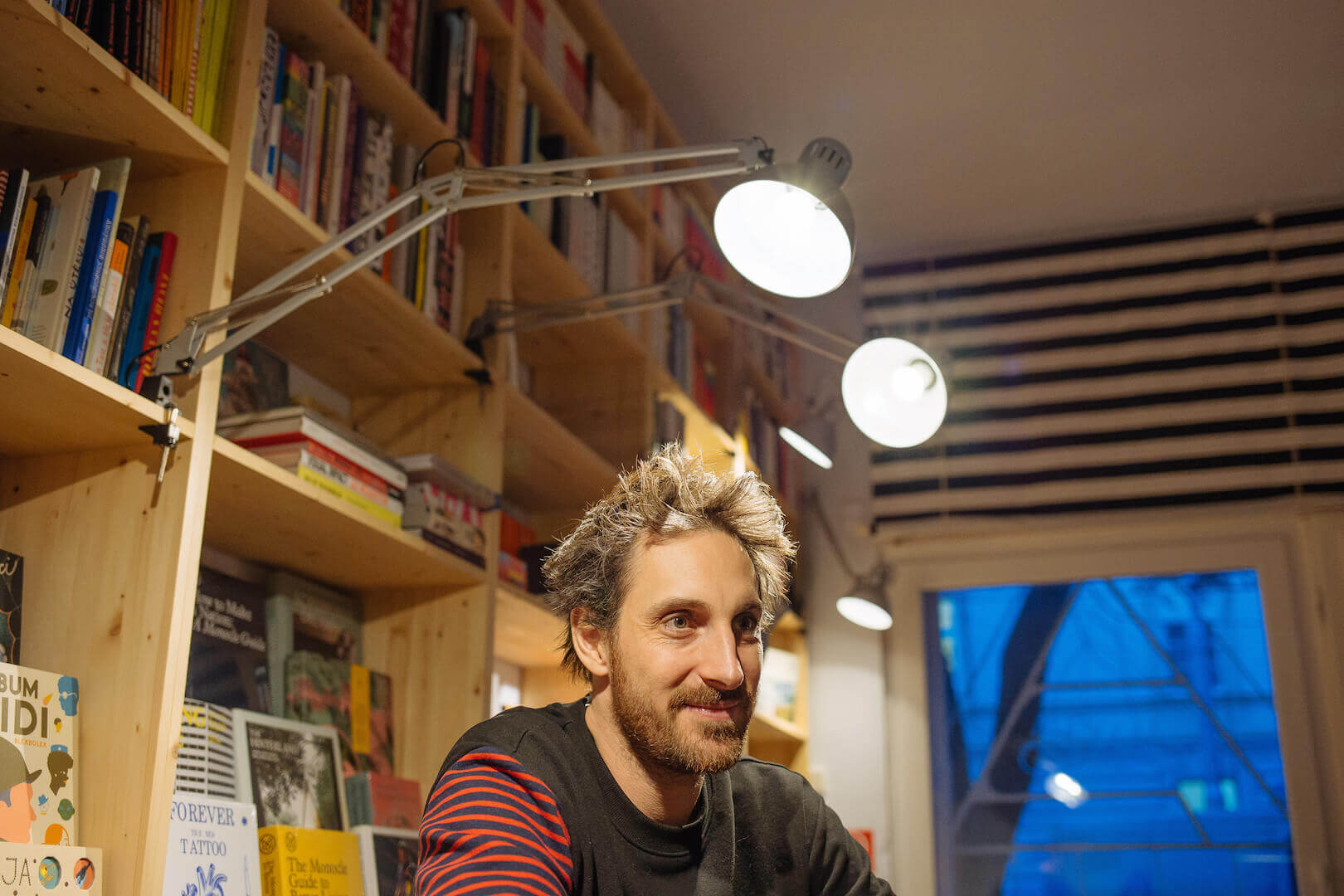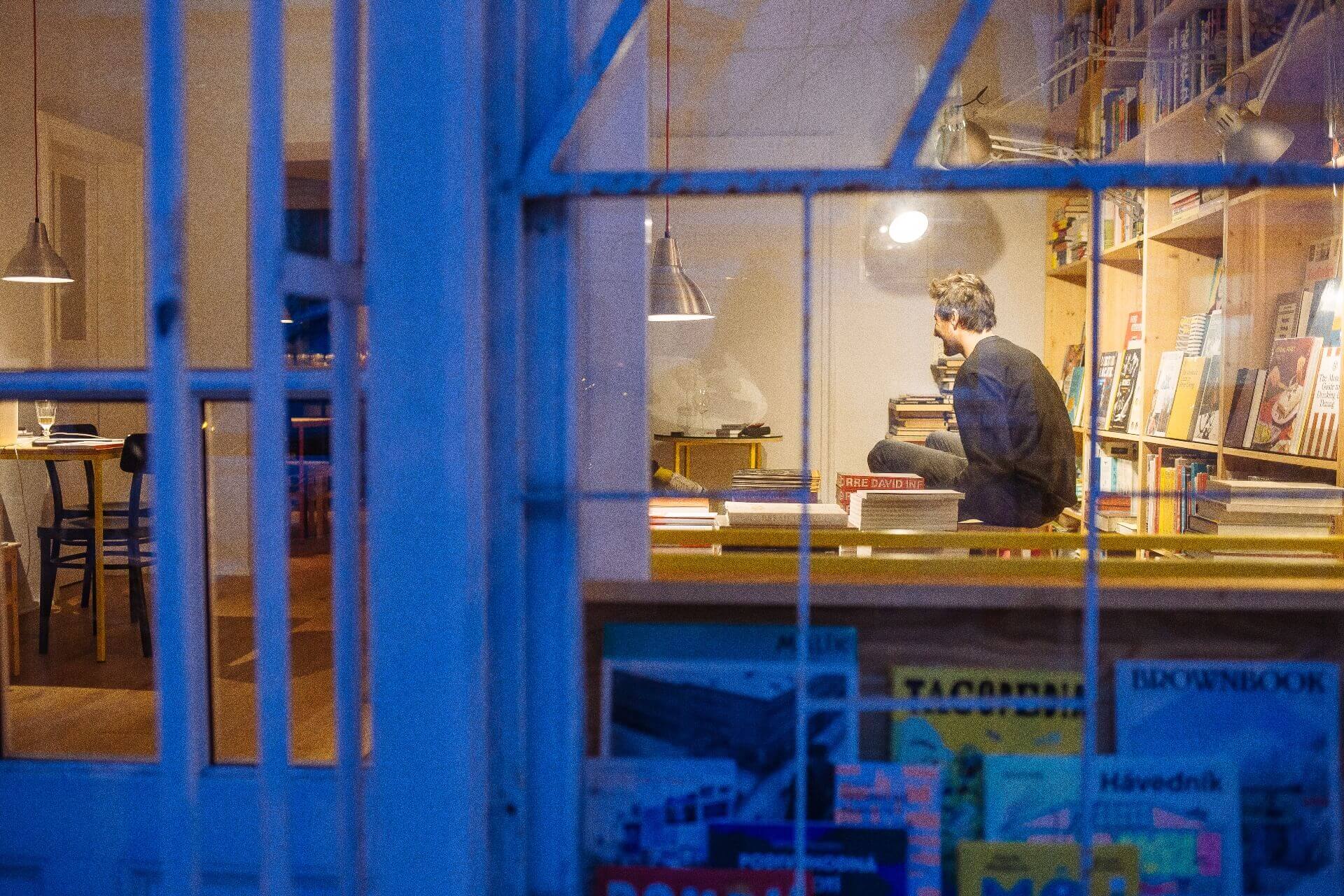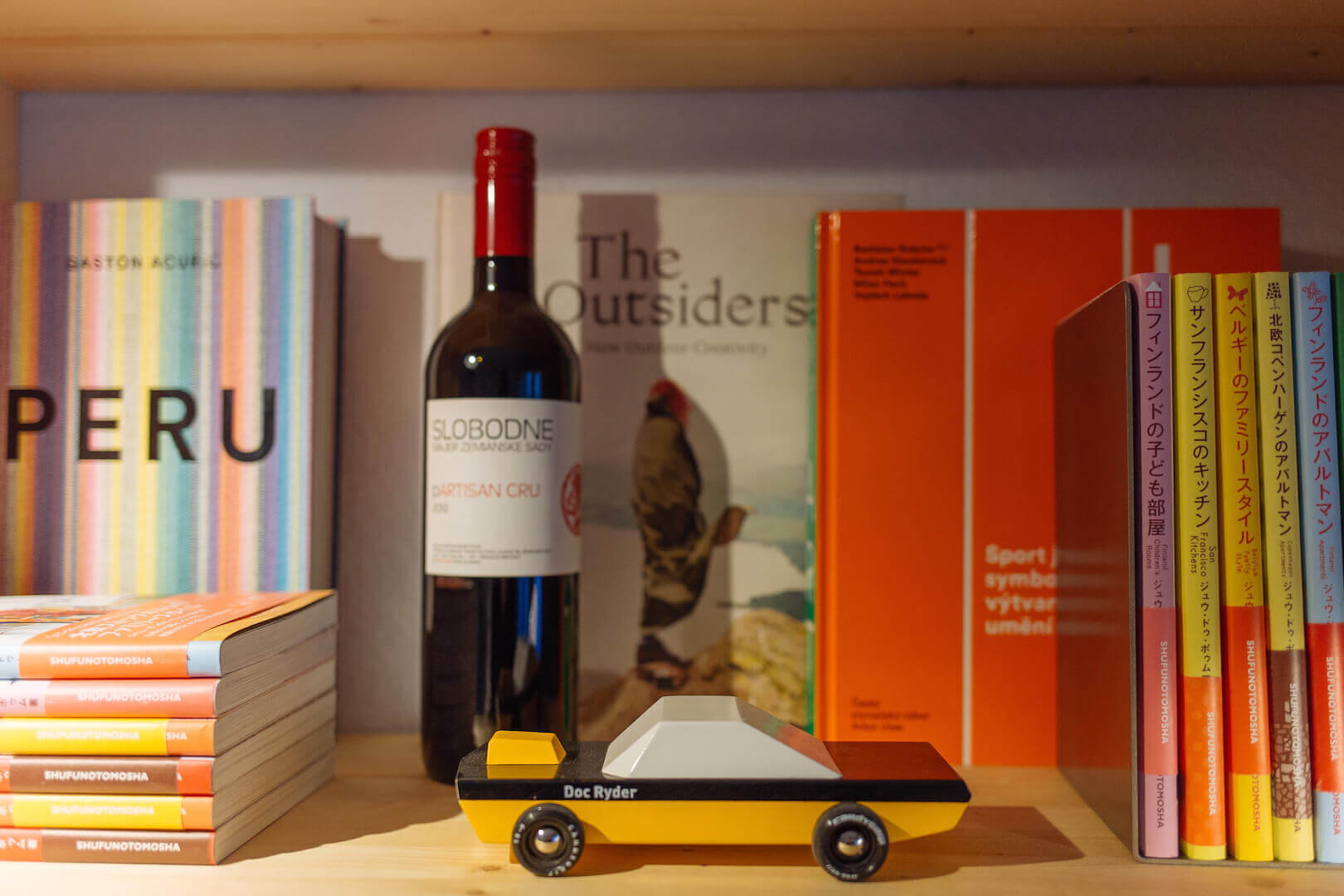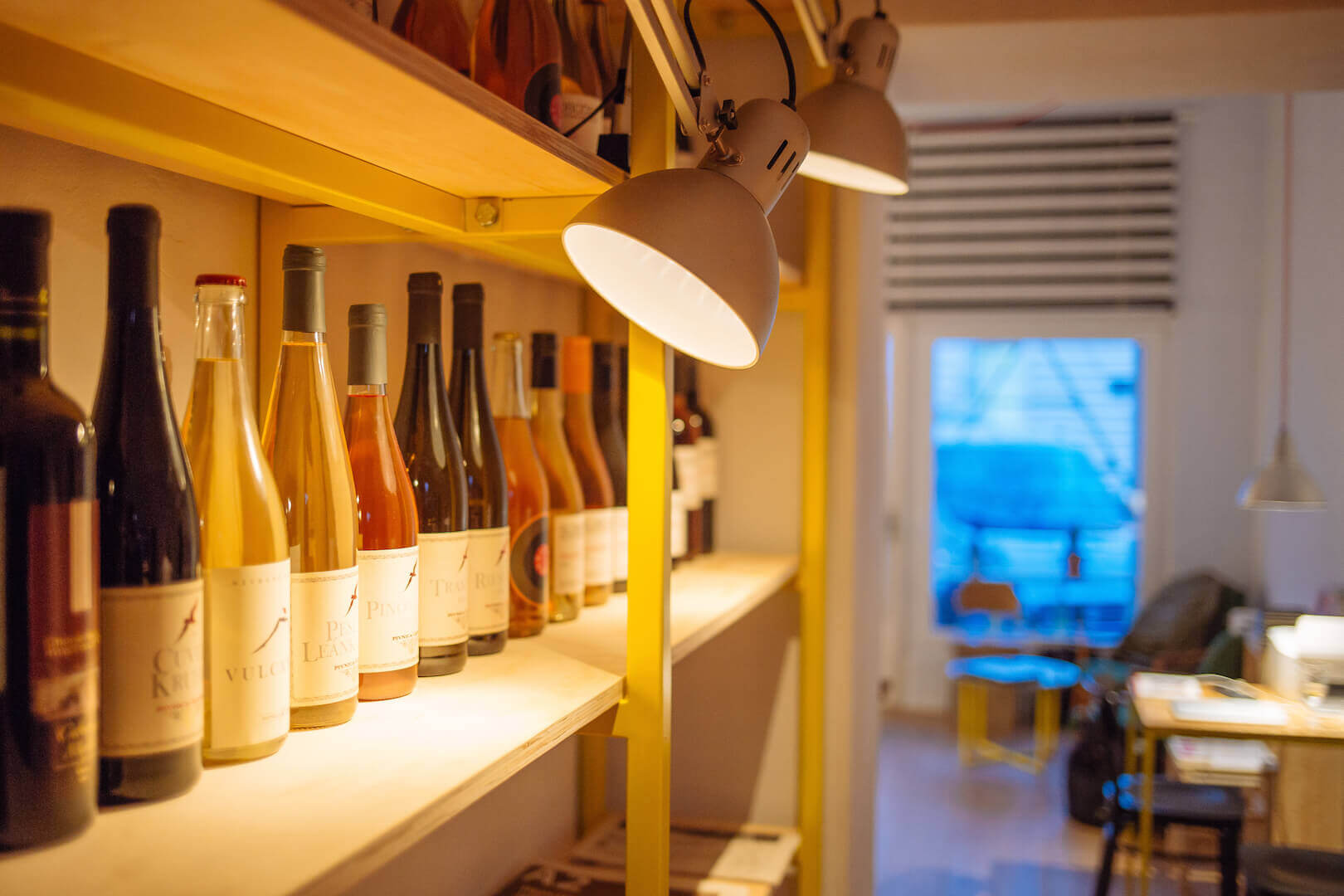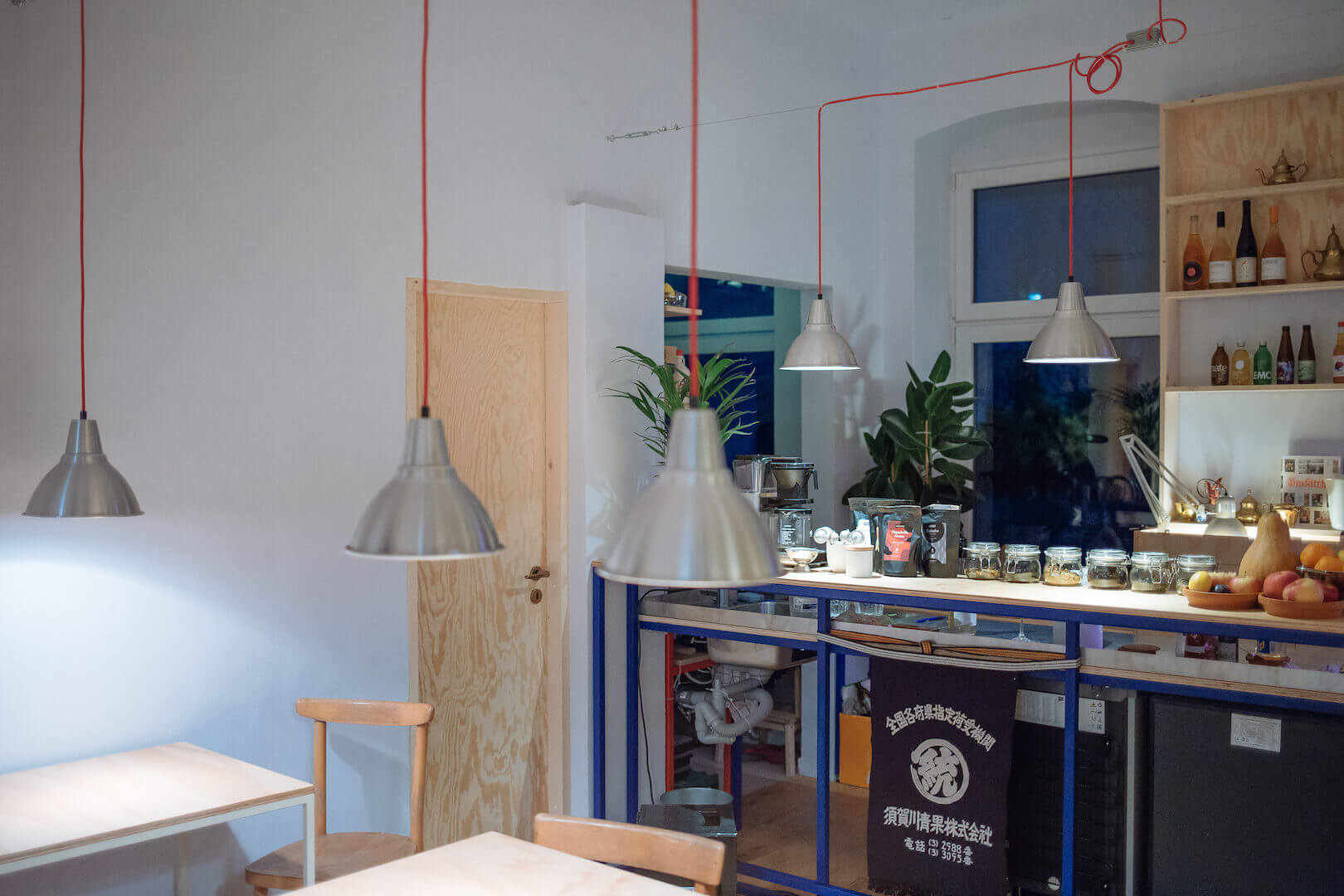How to improve the quality of our lives through the architecture, design and books?
Text: Nikolas Bernáth, Photo: Tibor Czitó
Adam Berka wears many hats. He is an architect, a publisher and a bookseller and he is also active in the public sphere. He lives in Bratislava, a city that he likes and wants to make a better place to live. His frequent travels abroad provide him with inspiration for all his activities. Read more about creating a happy life, learning from the Japanese and Indians and looking forward to visiting Košice again.
Adam, I know you as a bookseller, publisher, architect and activist. Who are you and what do you do?
I studied architecture at the Academy of Fine Arts and Design in Bratislava as well as in India. My final thesis focused on the architecture of the street. So I’m an architect interested predominantly in the street. I opened my own bookshop in 2012, selling books about visual culture, design and architecture. Last summer I published An Illustrated Constitution of the Slovak Republic. This project combines my love of visual culture with my interest in social and political issues. Even though the constitution defines the fundamental values of our society, it used to be largely ignored. We combined the text of the constitution with Andrej Kolenčík’s illustrations and Boris Meluš’s design. The final product, which happens to be the first book I’ve ever published, has been very well received.
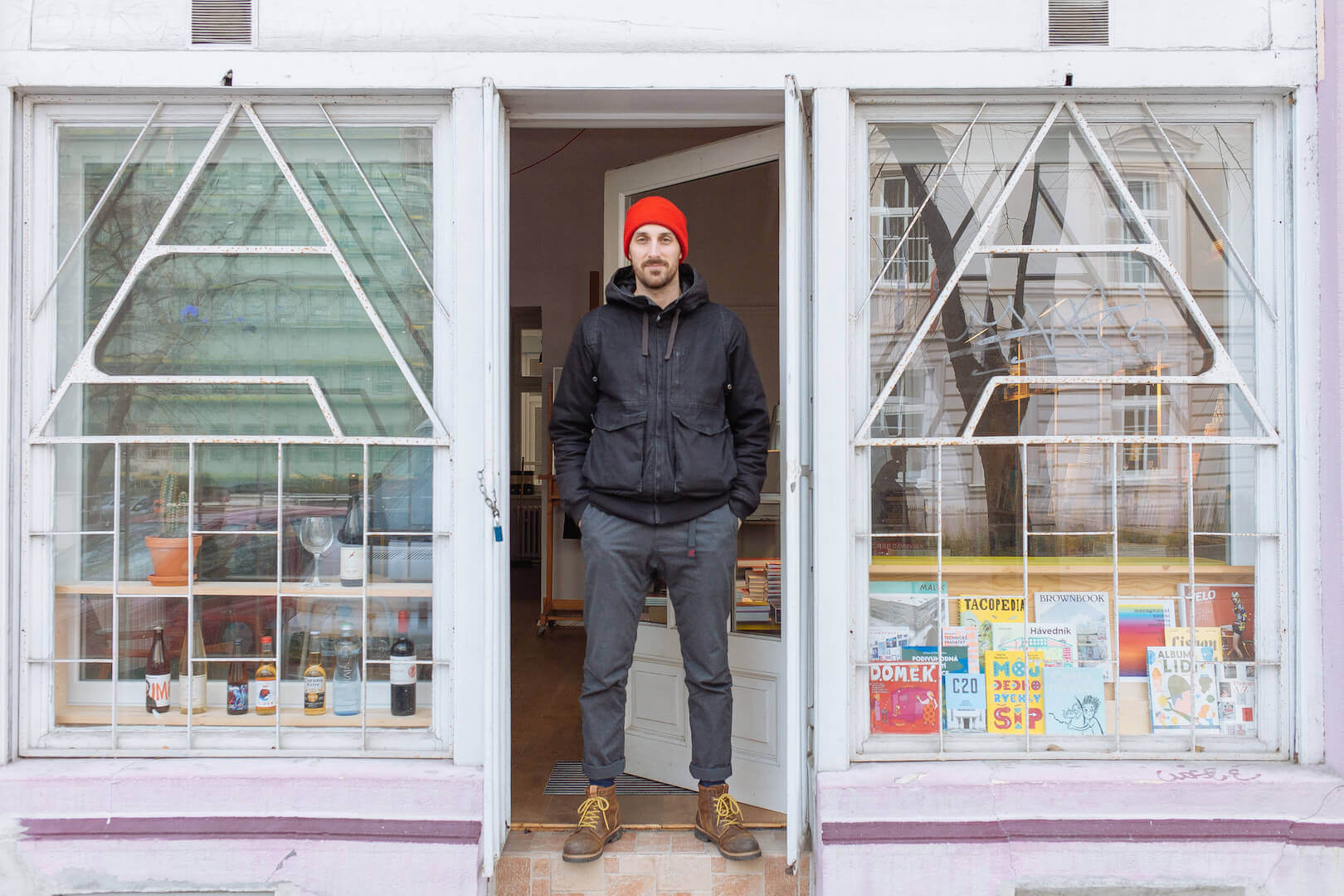
It seems that books are not your primary interest but rather the source of inspiration for your other activities.
I think that the leitmotif of everything I do is living a happy life. Whether it’s the architecture or books I select for my shop. When it comes to design, I focus on how it makes people feel and as far as urban architecture is concerned, on how it affects the everyday life of people who live there. I’ve always been interested in the fundamentals of design — making sure that the chair is comfortable, that lightning is good, people feel well, the street is a nice place to live and that whatever we do, whatever books we read or objects we surround ourselves by, they improve the quality of our lives.
That’s how ‘U Adama’ started. A few years ago, black and white interiors were trendy and nobody would consider using yellow tables and a blue bar. I did it because I enjoyed it and when people started coming, they liked it too. Some of them have even asked me to make similar furniture for them. I believe that everyone should do what they feel is right. Whether it’s architecture or books, all I do merely reflects how I see the world and it gives me the opportunity to share my vision with other people. Some may like it and others may not.
Speaking of seeing the world, you’ve managed to see it from many points of view. Recently, you visited Japan. What did you see there?
If you like comics, animation and design, crafts and architecture, you know that in all of these, Japan is a superpower and it was a very inspiring experience for me. The country is incredible, everything runs so smoothly. I know that it is very demanding and all that work takes its toll on people’s physical as well as mental health. But the people we met were very nice, always happy to help us with anything we needed. In spite of their strong sense of the aesthetic, their architecture and design is often purely functional and reminds us of science function. We tend to see the Japanese society as technologically very advanced but their approach to human resources was like nothing I’ve seen in any other country. In our western society, people who run businesses, cities and counties are trying to automate as much as possible. Perhaps the Japanese are so ahead of us that they realise the importance of human resources and services.
Tokio is one of the largest cities in the world but I’ve never seen fewer cars in any other city I’ve visited. Their public transport is excellent. Tokio has clean air and clean streets but no trashcans. It’s said that our streets are dirty because there aren’t enough trashcans but in Japan, it’s the other way round. People take their trash home and the streets are clean. Japanese food is great, a dream come true for anyone who likes fish and sushi. But the human factor was what I expected the least and ended up enjoying the most.
Does your travel experience have any impact on your activities at home?
In some ways, it does. The time I spent studying in India probably had the greatest impact on me. Just like Japan, it was all about the use of human resources. Coming to India, you realise that doing things differently doesn’t mean being less happy. I know little about their political system but I know that while we tend to struggle with a small issue for 20 years, a huge country like India can solve the same issue in a moment. The city of Ahmedabad had thousands of diesel rickshaws until one day, a decision was made that they all had to start using natural gas. It was a huge change, which helped the city get rid of smog. Developing countries are very inspiring in their ability to do interesting things and find interesting solutions with little money. Again, it’s the human factor that enables them to solve any problem right there, in the street. That’s been the most powerful and inspiring experience for me so far.
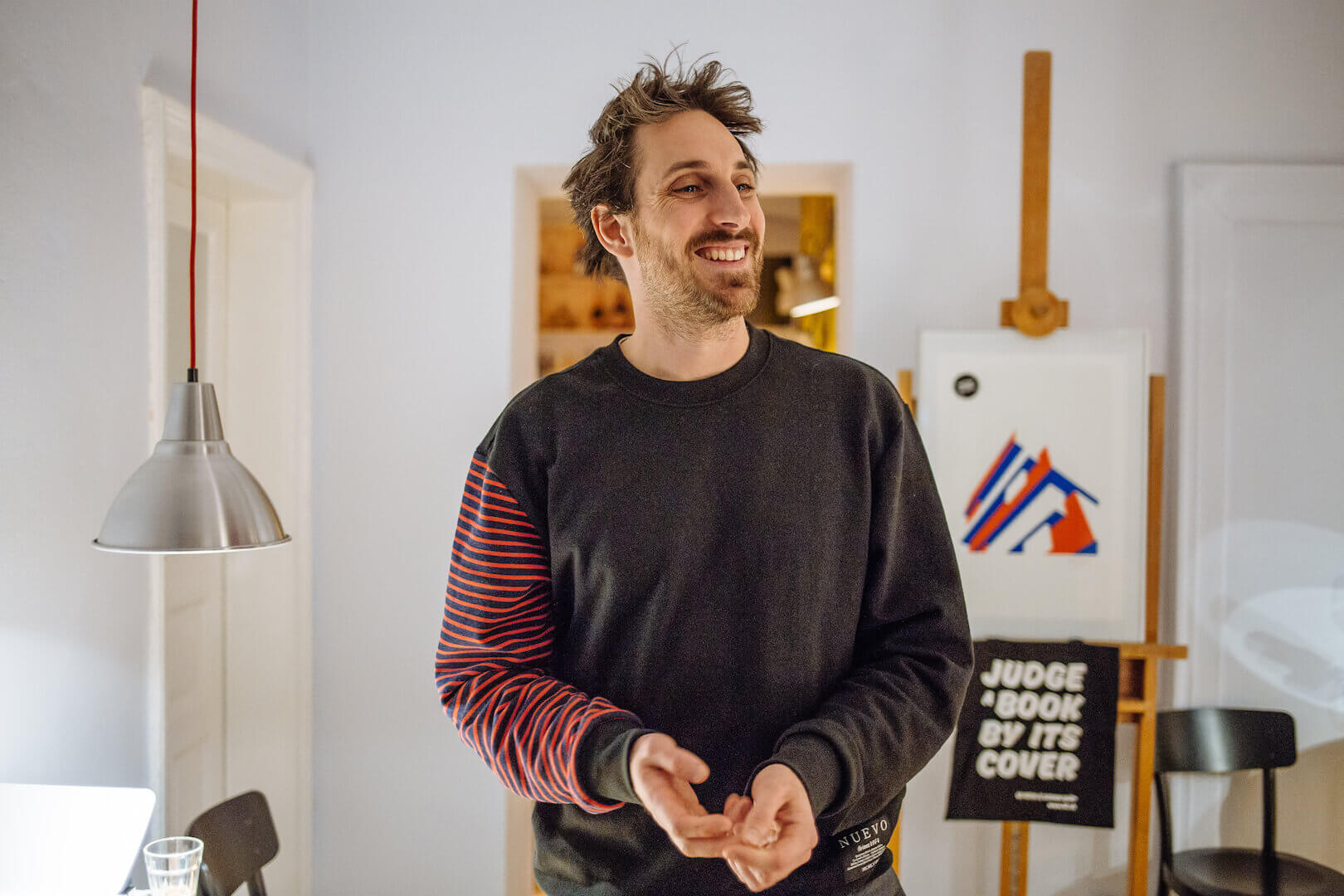
We’ve been talking about the east. Let’s return home, to the east of Slovakia. I know that you like Košice. What do you find so attractive about this city?
To me personally, Košice has always been more of a southern city than Bratislava, even though the capital lies more to the south. It’s about the people, the way they live and behave. For instance, I’ve always liked that girls in Košice wore shorts skirts more often. It’s more fun, more southern. I first visited Košice many years ago, on my way to a fencing competition in Snina. I won but had no one to celebrate with so, as I was passing through Košice on my way home, I decided to stay for a while, to see if I liked it there. If not, I could always catch the next train to Bratislava. When I got home, I kept telling all my friends what a wonderful place Košice was. I have no idea what I did while there but it was fun. Later, I returned as a set designer to work on a film that was shot in the Cathedral. Gradually, I made friends with people such as Mišo Hudák from ‘Východné pobrežie’. When we started organising architectural workshops, we met more Košice-based architects and other interesting people. And that’s how we found new opportunities for cooperation.
I like the fact that the old town is compact and comparatively small. I used to shop in local second-hand bookshops. That was before Košice became the 2013 European Capital of Culture and things have moved on to a whole new level. We used to look for hidden bars before but now you know exactly where to go to meet like-minded people. And pizza at Borsalino is great as well! The tourists I met in Košice were usually German or French speaking, travelling in small groups. They had a reason for coming to Košice. While those who visit Bratislava usually only do so because it’s close to Budapest and Vienna, the people I met in Košice seemed to be explorers looking for adventure, which I really liked.
Our Invisible Mag is closely connected to the Invisible Hotel. What type of accommodation do you prefer while travelling?
That’s changed over time. My architecture teacher once told me: “You should travel now, when your expectations are low because the older you get, the more complicated it becomes.” And he was right. When I started travelling, I would sleep outside, on beaches, in parks and on trains. I was 19 when I travelled by train all over Europe. I really enjoyed roughing it and I could write a book on how to think like a homeless person and figure out where to find shelter in a city. Later I would sleep in hostels and as I became friends with people in many European as well as Southern American countries, I would stay with them. Being someone’s guest is nice but staying with other architects that share your interests — that’s even better. These days I prefer hotels and Airbnb. There is a time in one’s life when meeting new people is a priority but once you reach the point when you spent most of your time socialising and working with people, having privacy and a chance to rest while travelling becomes your priority. That’s what hotels are great for.
We’re at the beginning of a new year. What are your plans for 2018?
My long-term goal is to live locally. I used to travel a lot and enjoyed it very much but at some point I realised that every time I returned to Slovakia, I had to start from scratch. That’s why I wanted to do something continuously and be able to get better at it and that’s why I decided to open a bookshop. Slovakia is great for this, I thought, nothing really works the way it should and there’s a lot of work that needs to be done. And it proved to be the right decision. I also decided that, for as long as possible, I’ll try to stay in one place and avoid long commute. Now I live close to my shop and I don’t have to spend hours every day driving, which is a lifestyle choice I want promote in the future.
My dream is to start publishing a local newspaper from which people living in the neighborhood could learn about all the services and cultural events available here. Hopefully, it would make them realise that there’s no need to go to the city centre to have a cake because everything is available right here. I believe that once people start living locally, traffic problems would be solved. That would be awesome. Our neighborhood is a great place, I have many friends here and I want to help improve it as much as possible. Another thing I’d like to do this year is to keep publishing books by other authors. That’s my priority because publishing is a very creative work that helps me escape my daily routine.
Check out the rooms of The Invisible Hotel and explore the city of Košice.

